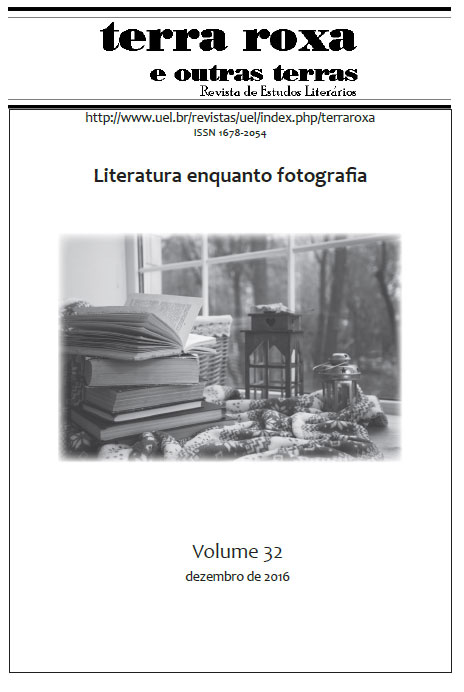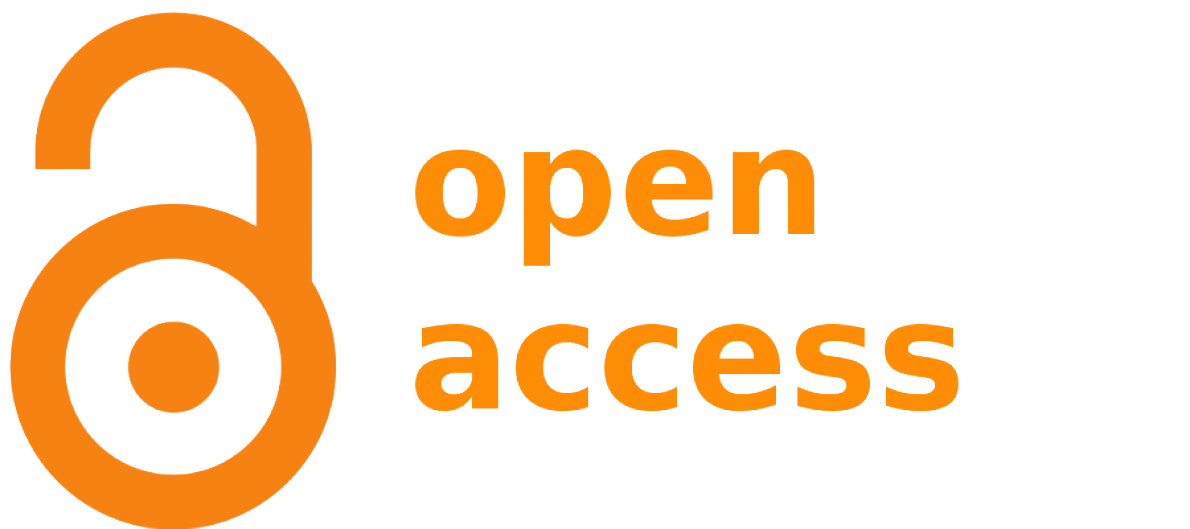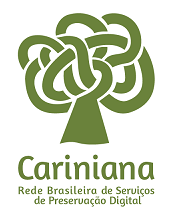Portrait of a disquieting dress: almost object?
DOI:
https://doi.org/10.5433/1678-2054.2016v32p95Keywords:
Literature, Photography, PunctumAbstract
This article outlines some relations between literature and photography through the analysis of the short story “Vestido de fustão”, by José J. Veiga. In the selection entitled Objetos turbulentos, in which the story is inserted, objects plays a prominent role in all narratives, almost functioning as characters of the plots. This valorization of objects is carried out, in most cases, through resources that approach the focalization of photography, once the image of the object is centrally projected, minutely, as poeticizing the instant of its captation, revealing the punctum to the reader/ spectator. The objects unveil unusual situations, problematizing practices of subjectivation/ objectivation, in which the subjects are tangled. The aim of this article is to demonstrate that the unusual objects, for being conceived as punctum, follow a process of facialization, that engenders the fantastic ambience in the narratives in which they are inserted, and therefore they become turbulent or almost object. For the analysis, the theoretical support is specially studies by Roland Barthes and Gilles Deleuze.Downloads
References
BARTHES, Roland. Ensaios críticos. Trad. António Massano e Isabel Pascoal. Lisboa: Edições 70, 2009.
BENJAMIN, Walter. Pequena história da fotografia. In: BENJAMIN, Walter. Magia, técnica, arte e política: ensaios sobre literatura e história da cultura. Trad. Sérgio Paulo Rouanet. São Paulo: Brasiliense, 1994. p. 91-107.
CALVINO, Italo. Coleção de areia. Trad. Maurício Santana Dias. São Paulo: Companhia das Letras, 2010.
CARTIER-BRESSON, Henri. Fotografiar del natural. Trad. Núria Pujol I Valls. Barcelona: Gustavo Gili, 2003.
CASA NOVA, Vera. Texturas: Ensaios .Belo Horizonte: FALE/UFMG, 2012.
DELEUZE, Gilles. Cinema 1: Imagem-Movimento. Trad. Sousa Dias. São Paulo: Brasiliense, 1985.
DERRIDA, Jacques & Lena Bergstein. Enlouquecer o subjétil. Trad. Geraldo de Souza. São Paulo: Ateliê; Ed. UNESP, 1998.
DUBOIS, Phillipe. O ato fotográfico. Trad. Maria Appenzeller. Campinas: Papirus, 2001.
FERREIRA, Aurélio Buarque de Holanda. Novo Aurélio Século XXI. Rio de Janeiro: Nova Fronteira, 1999.
FREUD, Sigmund. O inquietante. In: FREUD, Sigmund. História de uma neurose infantil (O homem dos lobos): Além do princípio do prazer e outros textos. Trad. Paulo César de Souza. São Paulo: Companhia das Letras, 2010, p. 328-376.
FURTADO, Filipe. A construção do fantástico na narrativa. Lisboa: Livros Horizonte, 1980.
GENETTE, Gérard. Nouveau discours du récit. Paris : Éditions du Seuil, 1983.
HISSA, Cássio Eduardo Viana. A mobilidade das fronteiras: Inserções da geografia na crise da modernidade. Belo Horizonte: Ed. UFMG, 2006.
PONGE, Francis. Alguns poemas (Antologia poética). Manuel Gusmão, org. e trad. Lisboa: Cotovia, 1996.
SPINOZA, Benedictus de. Ética. Trad. Tomaz Tadeu. Belo Horizonte: Aut~entica, 2013.
VEIGA, José J. Objetos turbulentos: Contos para ler à luz do dia. Rio de Janeiro: Bertrand Brasil, 1997.
Downloads
Published
How to Cite
Issue
Section
License
Authors who publish in this journal agree to the following terms:
a) The authors retain the copyright and grant the journal the right of first publication, the work being simultaneously licensed under the Creative Commons Attribution-NonCommercial 4.0 International License, allowing the sharing of the work with acknowledgment of the authorship of the work and initial publication in this journal.
b) Authors are authorized to assume additional contracts separately, for non-exclusive distribution of the version of the work published in this journal (eg, publish in an institutional repository or as a book chapter), with acknowledgment of authorship and initial publication in this journal.
c) Authors are allowed and encouraged to publish and distribute their work online (e.g. in institutional repositories or on their personal page) after the editorial process, as this can generate productive changes as well as increase impact and citation of the published work (See The Effect of Open Access).
d) The authors of the approved works authorize the journal to, after publication, transfer their content for reproduction in content indexers, virtual libraries and the like.
e) The authors assume that the texts submitted for publication are of their original creation, taking full responsibility for their content in case of any objection by third parties.



















